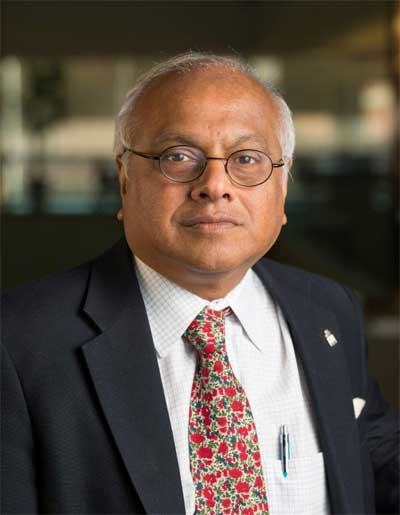- Home
- Editorial
- News
- Practice Guidelines
- Anesthesiology Guidelines
- Cancer Guidelines
- Cardiac Sciences Guidelines
- Critical Care Guidelines
- Dentistry Guidelines
- Dermatology Guidelines
- Diabetes and Endo Guidelines
- Diagnostics Guidelines
- ENT Guidelines
- Featured Practice Guidelines
- Gastroenterology Guidelines
- Geriatrics Guidelines
- Medicine Guidelines
- Nephrology Guidelines
- Neurosciences Guidelines
- Obs and Gynae Guidelines
- Ophthalmology Guidelines
- Orthopaedics Guidelines
- Paediatrics Guidelines
- Psychiatry Guidelines
- Pulmonology Guidelines
- Radiology Guidelines
- Surgery Guidelines
- Urology Guidelines
Sytematic Nationwide programs necessary to reduce CVD by 25 percent by 2025: Dr Salim Yusuf

Systematic nationwide programs for improved CVD treatment and control are essential, if India is to achieve a 25% or greater reduction in premature CVD mortality by year 2025 (the 25 × 25 goal).
This important observation has been made by world-renowned cardiologist and epidemiologist, Dr Salim Yusuf and co author Dr Philip Joseph in a paper published in the American Heart Journal. The article specifically talks about the epidemic of cardiovascular disease in South Asians and the time for Action, specifically on a policy front to overcome the current barriers to CVD prevention and management in South Asia.
The article titled The epidemic of cardiovascular disease in South Asians: Time for action looks at the prevalence and the risk factors associated with the cardiovascular diseases . Some of the important observations made in the article include
You can read the full article by clicking on the following link
http://www.sciencedirect.com/science/article/pii/S0002870316302848
This important observation has been made by world-renowned cardiologist and epidemiologist, Dr Salim Yusuf and co author Dr Philip Joseph in a paper published in the American Heart Journal. The article specifically talks about the epidemic of cardiovascular disease in South Asians and the time for Action, specifically on a policy front to overcome the current barriers to CVD prevention and management in South Asia.
The article titled The epidemic of cardiovascular disease in South Asians: Time for action looks at the prevalence and the risk factors associated with the cardiovascular diseases . Some of the important observations made in the article include
- Evidence-based programs (both Central and State) in India and other low- and middle-income countries are essential to reduce CVD, but they need a comprehensive approach that tackles barriers at multiple levels in a health system.
- In particular, there is a need to establish systems for Universal Health coverage to minimize the impact of catastrophic illnesses and out-of-pocket health care costs.
- To achieve a 25% or greater reduction in premature CVD mortality by year 2025 (the 25 × 25 goal), systematic nationwide programs for improved CVD treatment and control are essential. Ideally, a CVD control program should start with a situation analysis, which documents the current burden of risk factors, CVD, and key treatments in representative population samples; the quality and density of health care facilities and trained personnel; access and affordability of essential services (eg, drugs, surgery, and devices); and the structure of health services. Success of government policies and programs to control CVD can be evaluated by repeat surveys to document their impact and will also provide information to appropriately modify the strategies.
You can read the full article by clicking on the following link
http://www.sciencedirect.com/science/article/pii/S0002870316302848
Next Story
NO DATA FOUND

Disclaimer: This site is primarily intended for healthcare professionals. Any content/information on this website does not replace the advice of medical and/or health professionals and should not be construed as medical/diagnostic advice/endorsement or prescription. Use of this site is subject to our terms of use, privacy policy, advertisement policy. © 2020 Minerva Medical Treatment Pvt Ltd